Introduction to Isle of Lewis Chess Sets
The Isle of Lewis chess sets, with their intriguing lore and exceptional craftsmanship, represent a profound link to the medieval world and its distinct artistry. First uncovered in 1831 on the Isle of Lewis in Scotland, these iconic chess pieces have fascinated historians, chess enthusiasts, and art collectors alike. The charm of these sets extends beyond their historical significance; they are celebrated for their unique aesthetic and the mystery surrounding their origin.
Historical Background of the Isle of Lewis Chess Sets
The discovery of the Isle of Lewis chess sets is a tale as captivating as the pieces themselves. They were found in a stone kist on the Isle of Lewis, which is part of the Outer Hebrides, by a local farmer. Immediately recognized as a significant find, the chessmen were later dated to approximately the 12th century. Crafted primarily from walrus ivory and whale teeth, they are believed to have been made in Norway, during the period when the Hebrides, a series of islands off the west coast of Scotland, were under Norwegian control.
Components and Characteristics
The sets include distinctly detailed figures, which are categorized into kings, queens, bishops, knights, rooks, and pawns, each bearing unique symbolic meanings and richly adorned. The kings sit stoically with swords in lap, while the queens hold their hands to their cheeks, possibly expressing concern or contemplation. The bishops are depicted as clerics, the knights mounted on horses, the rooks as standing soldiers known as warders, and the pawns are smaller, simpler stones.
Artistic Significance
The artistry of the Isle of Lewis chess sets is noteworthy for its depiction of human expressions and clothing, providing an intimate portrayal of 12th-century Norse culture. Each piece is meticulously crafted, showcasing the high level of skill and the aesthetic sensibilities of the period. The expressiveness of the figures not only serves a functional purpose in the game of chess but also conveys the emotional and social realism that characterizes the art of the time.
The Mystery Surrounding Their Origin
Despite the general agreement on their Norse origins, many questions about the Isle of Lewis chess sets remain unanswered. The exact circumstances of their arrival on the Isle of Lewis and their purpose — whether they were hidden, lost, or discarded — are still subjects of debate among scholars. The mystery enhances their appeal, offering fertile ground for academic investigation and popular speculation alike.
Modern-Day Relevance and Reproductions
In modern times, the Isle of Lewis chess sets have transcended their historical and cultural origins to become coveted collectors' items. Reproductions are popular among chess enthusiasts and collectors, and they also serve as exceptional educational tools for those interested in medieval history and Norse culture. The British Museum in London and the National Museum of Scotland in Edinburgh hold and display the original pieces, attracting visitors from around the globe.
Influence on Pop Culture
The Isle of Lewis chess sets have also made an indelible mark on popular culture. They were famously featured in the movie Harry Potter and the Philosopher's Stone, in which a magical chess game comes to life. This not only brought the chess sets into the limelight once again but also introduced them to a new, younger audience.
Conclusion
The Isle of Lewis chess sets are much more than ancient artifacts; they are a celebration of historical craftsmanship and aesthetic elegance. Their intricate detail and enigmatic origins continue to captivate the imaginations of those who encounter them, ensuring their place as one of the most prominent and beloved symbols of medieval game history. For those drawn to the narrative of history, the allure of strategy, or the beauty of art, the Isle of Lewis chess sets remain an enduring treasure.
Explore our large collection of beautiful chess sets!

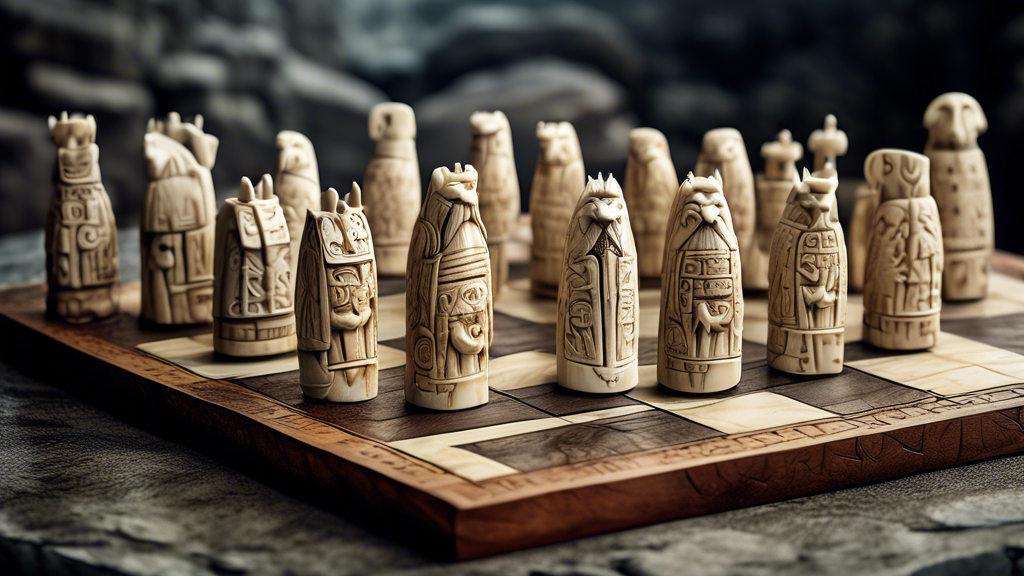
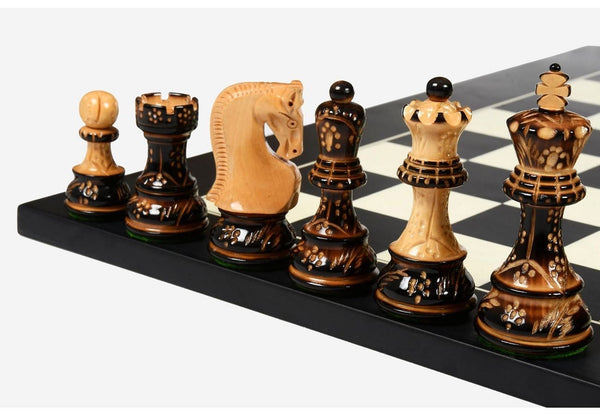
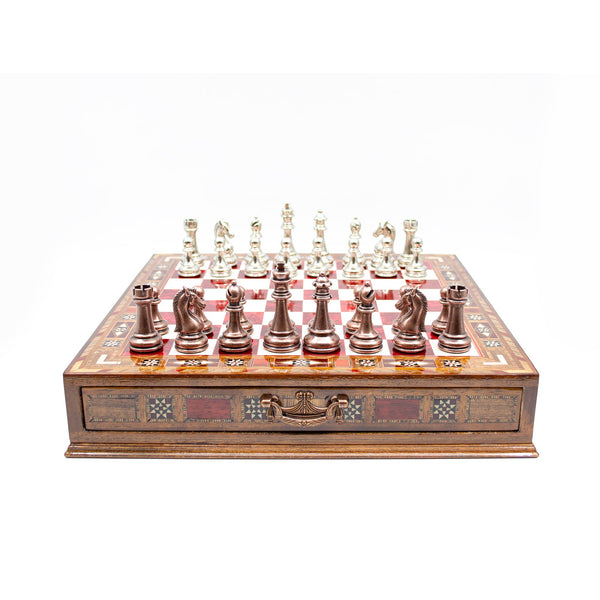
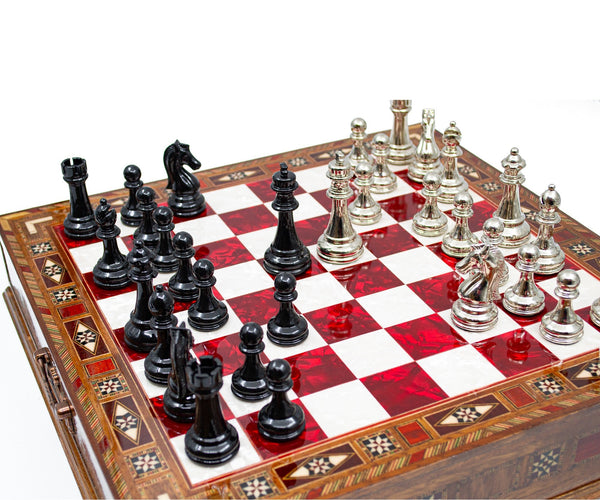
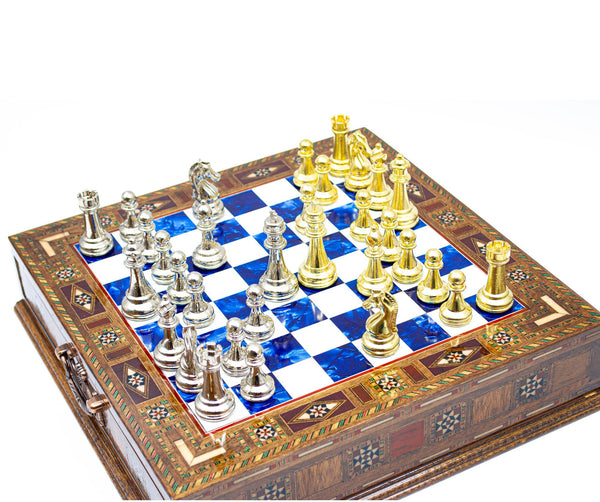
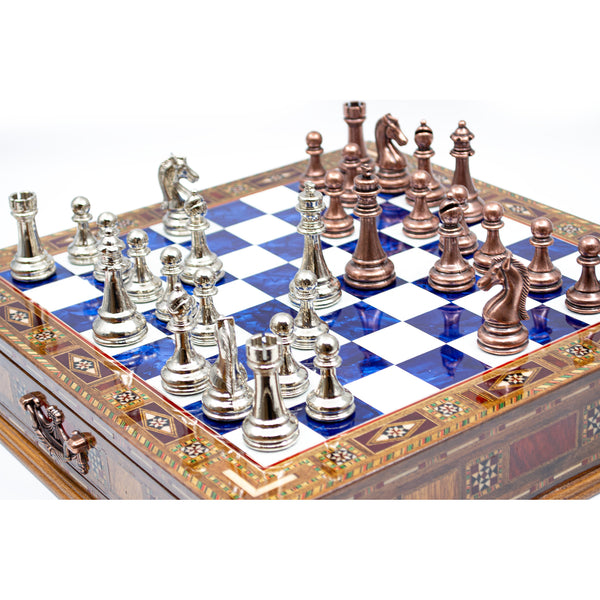
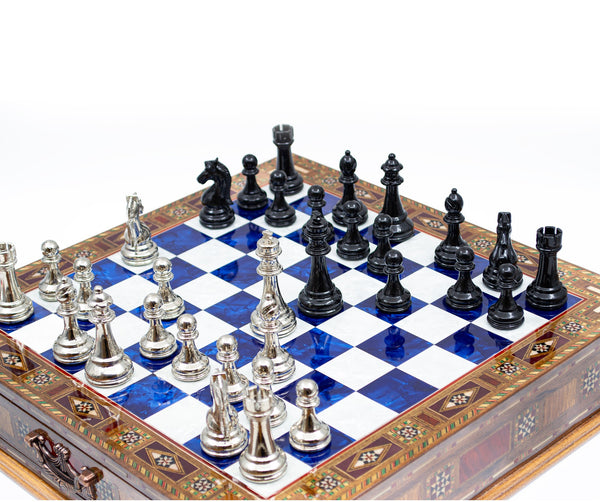



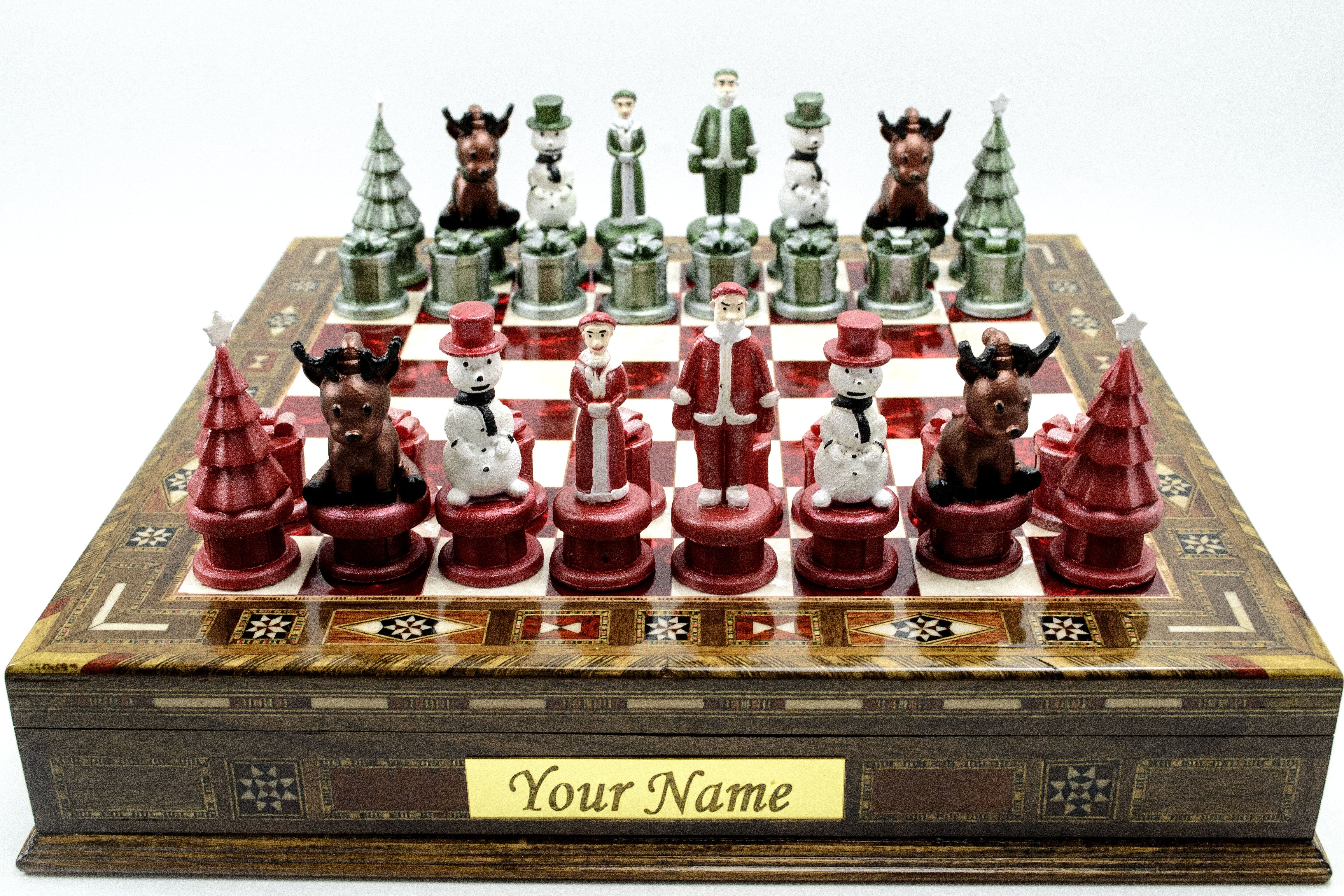




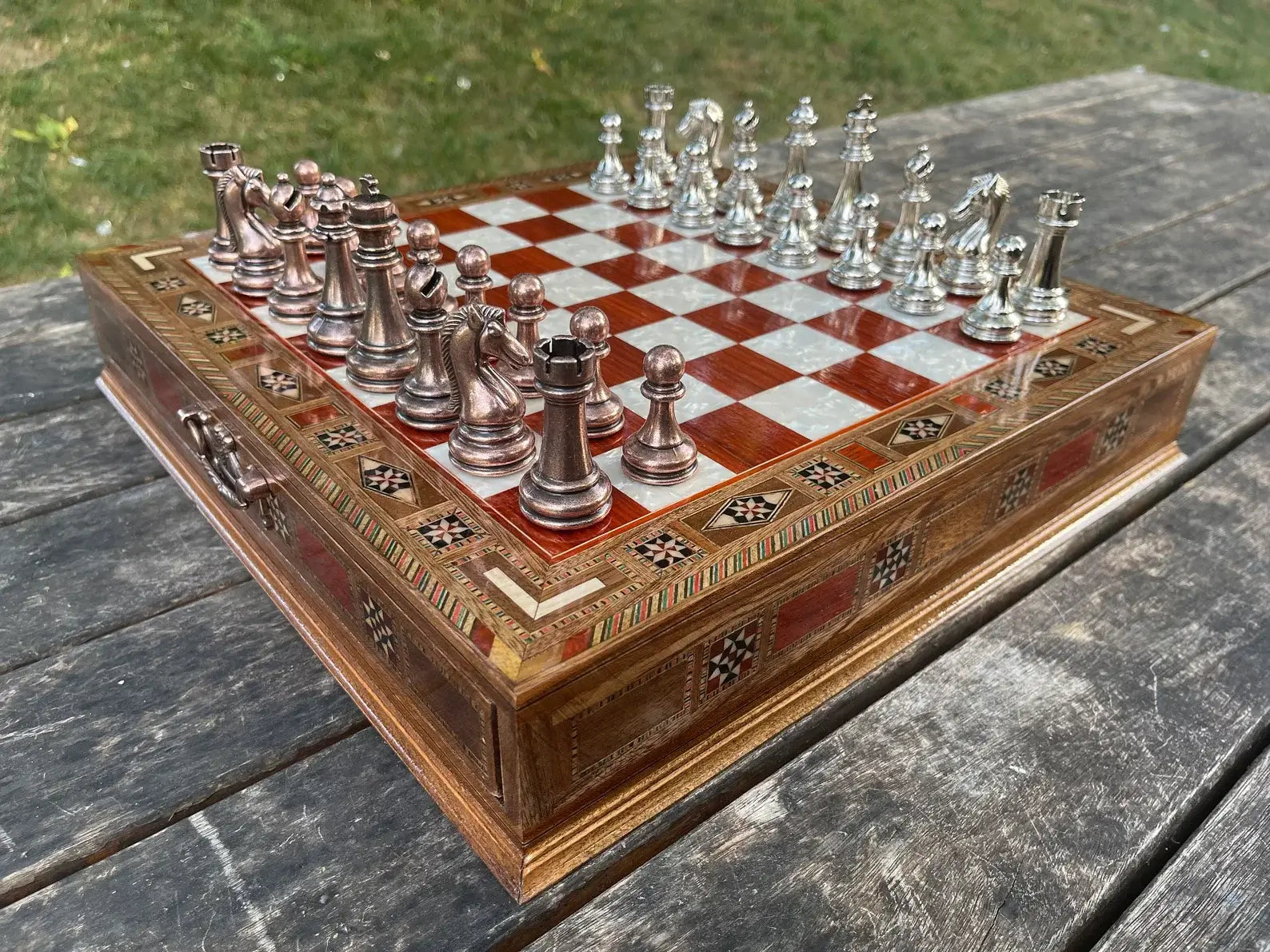
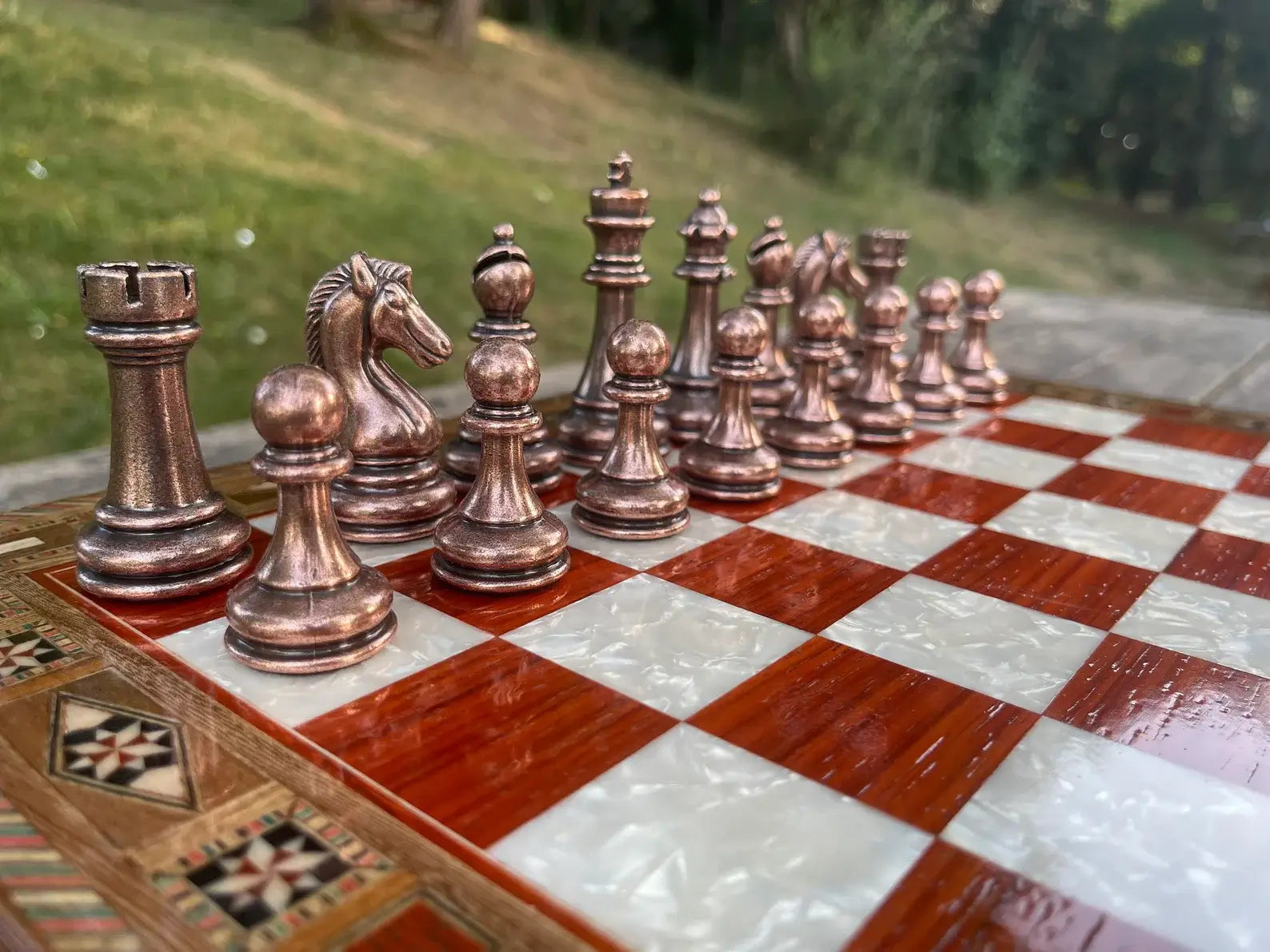
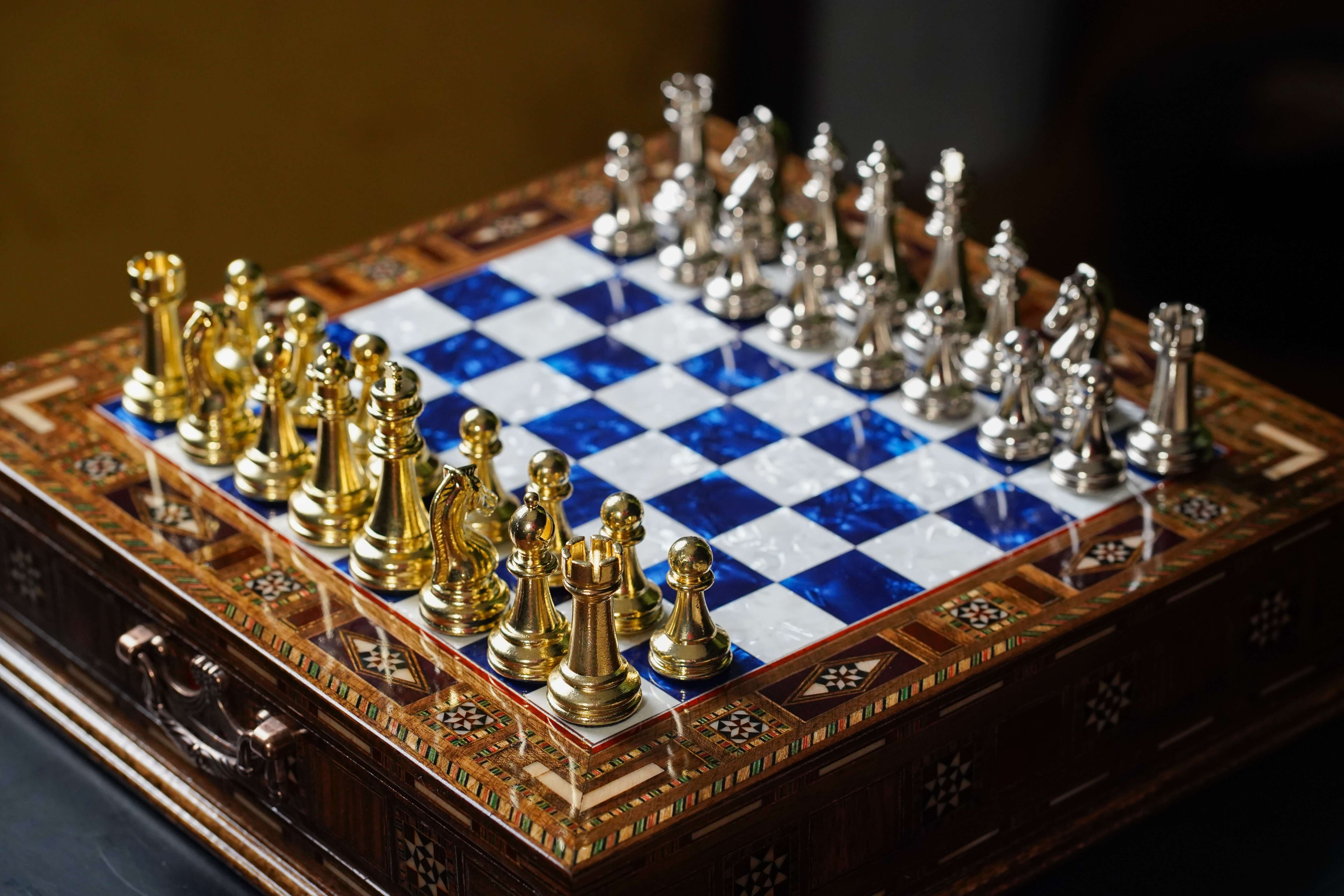
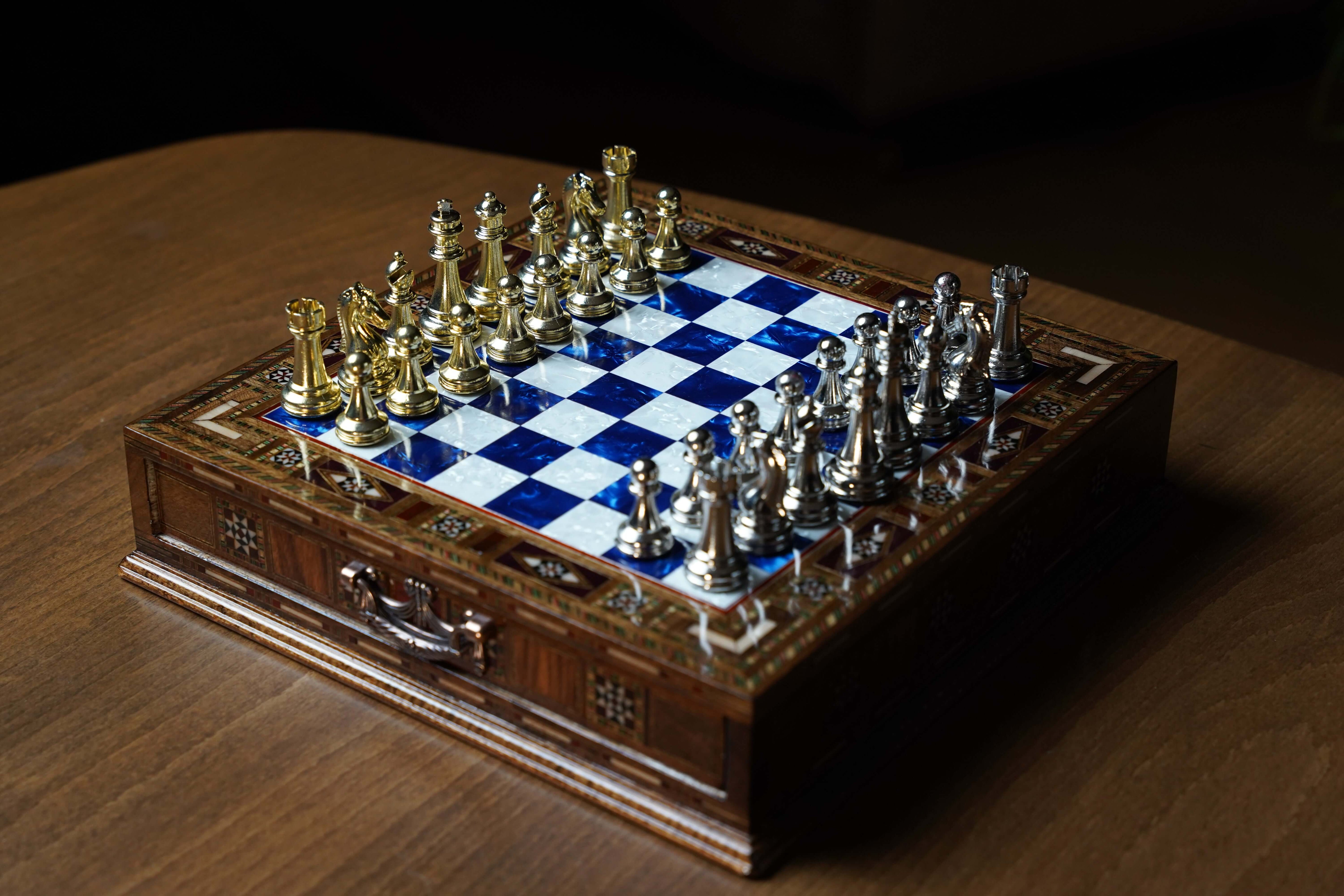
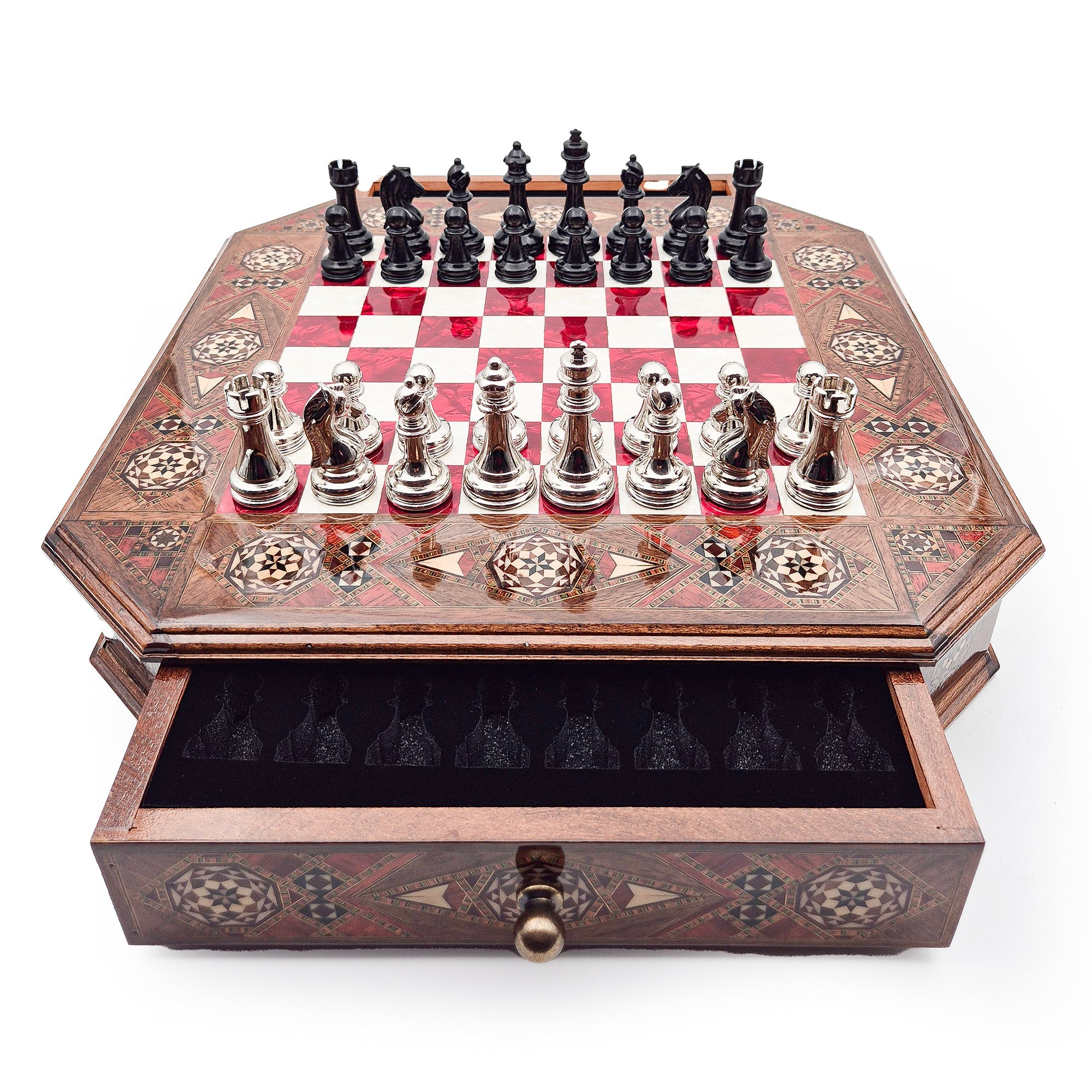
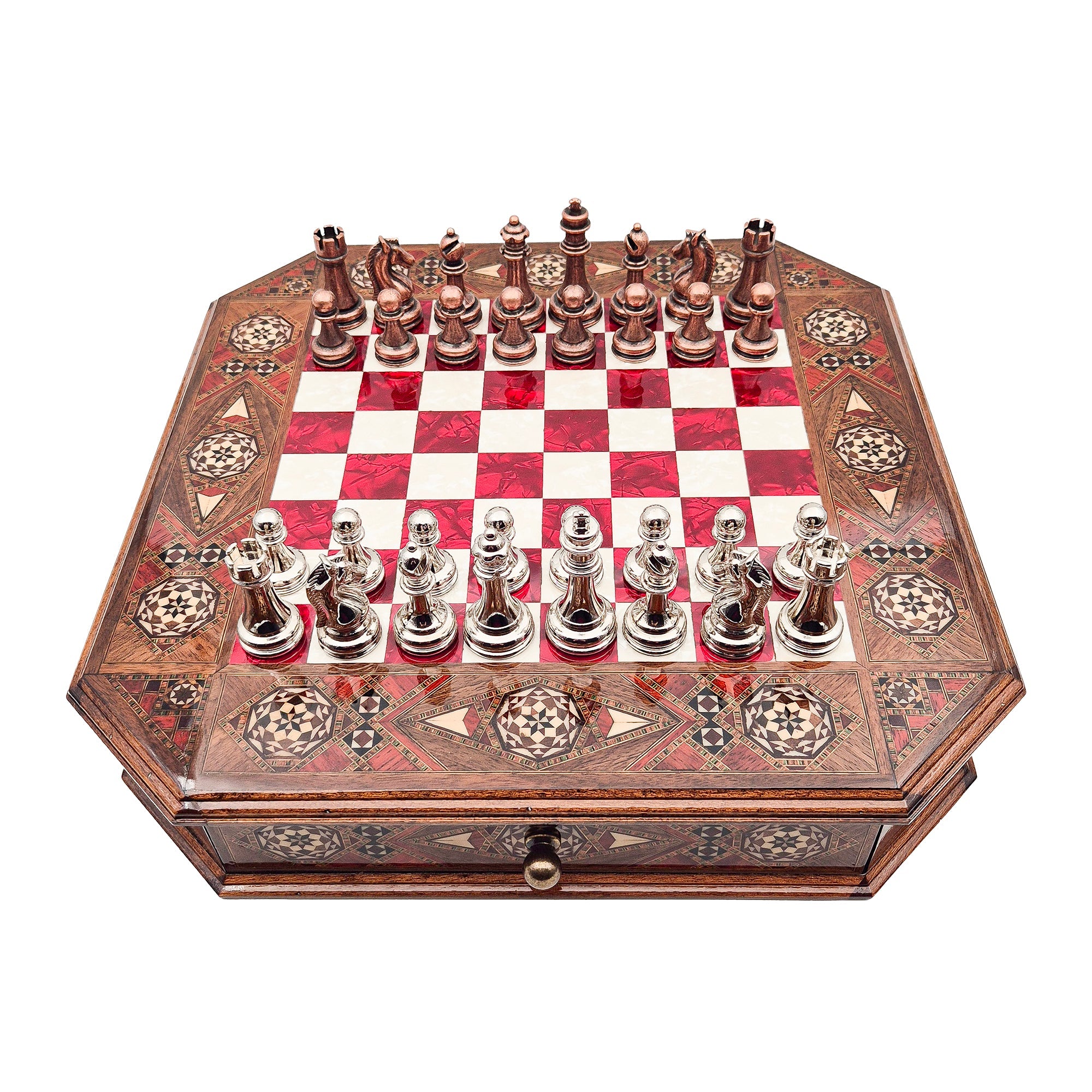


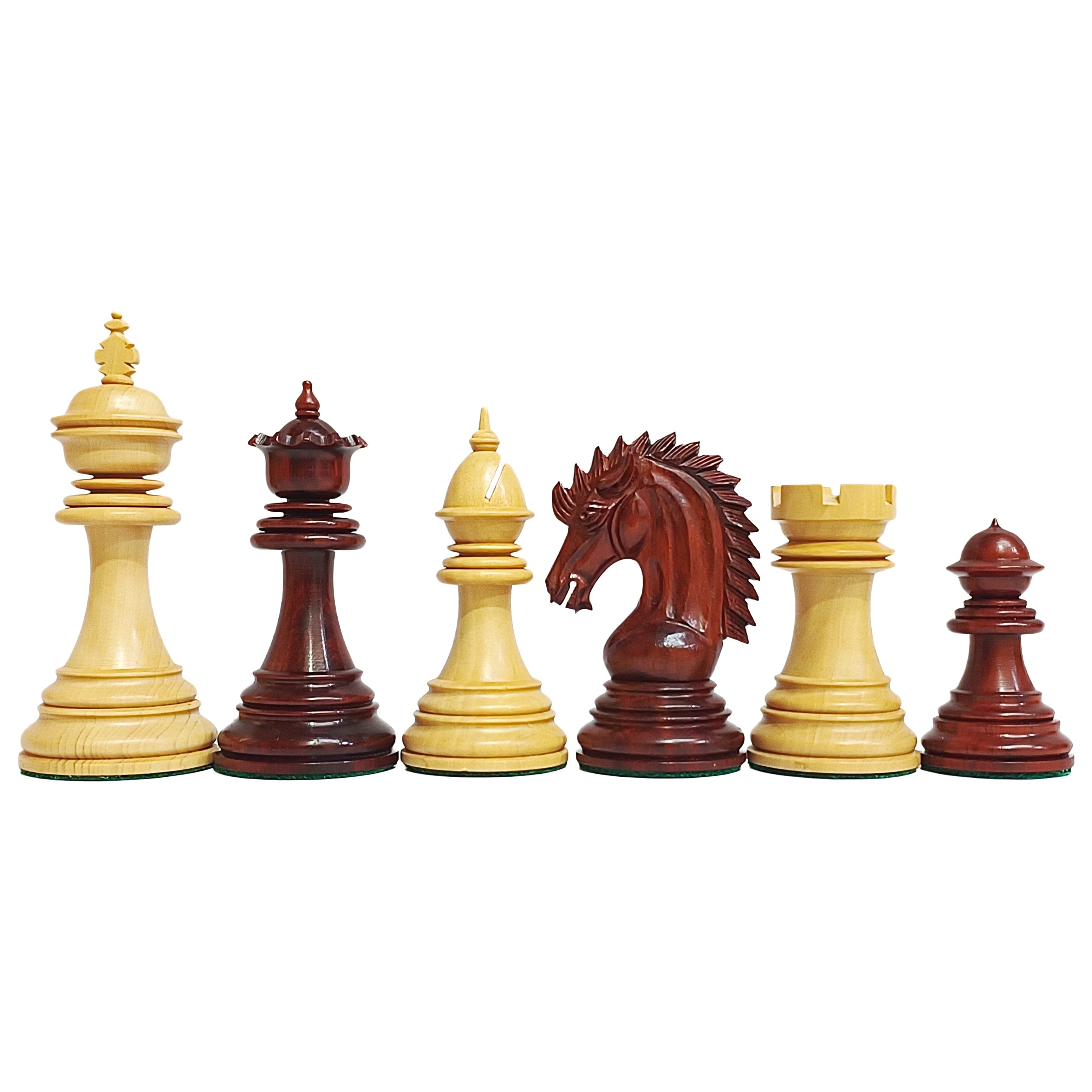
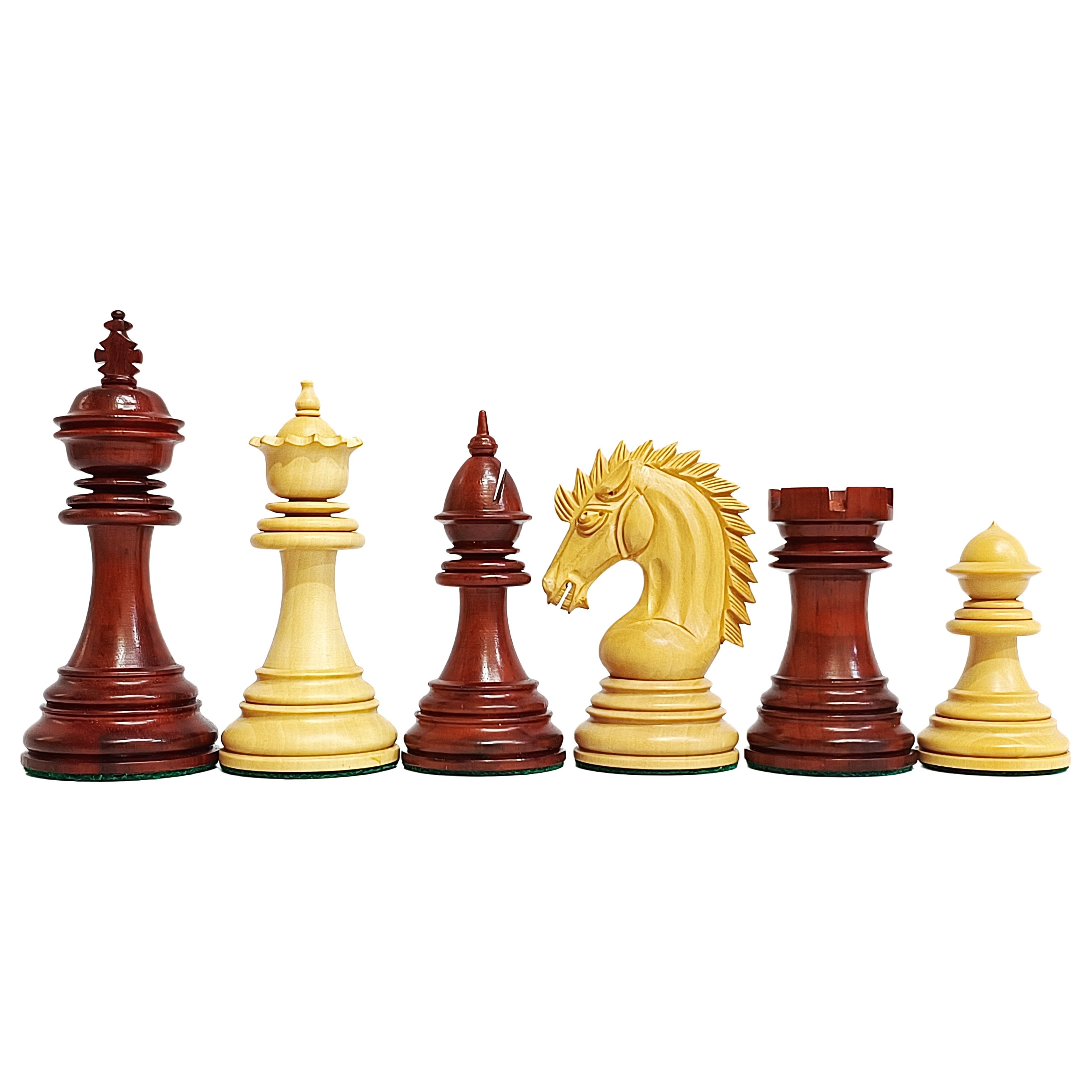


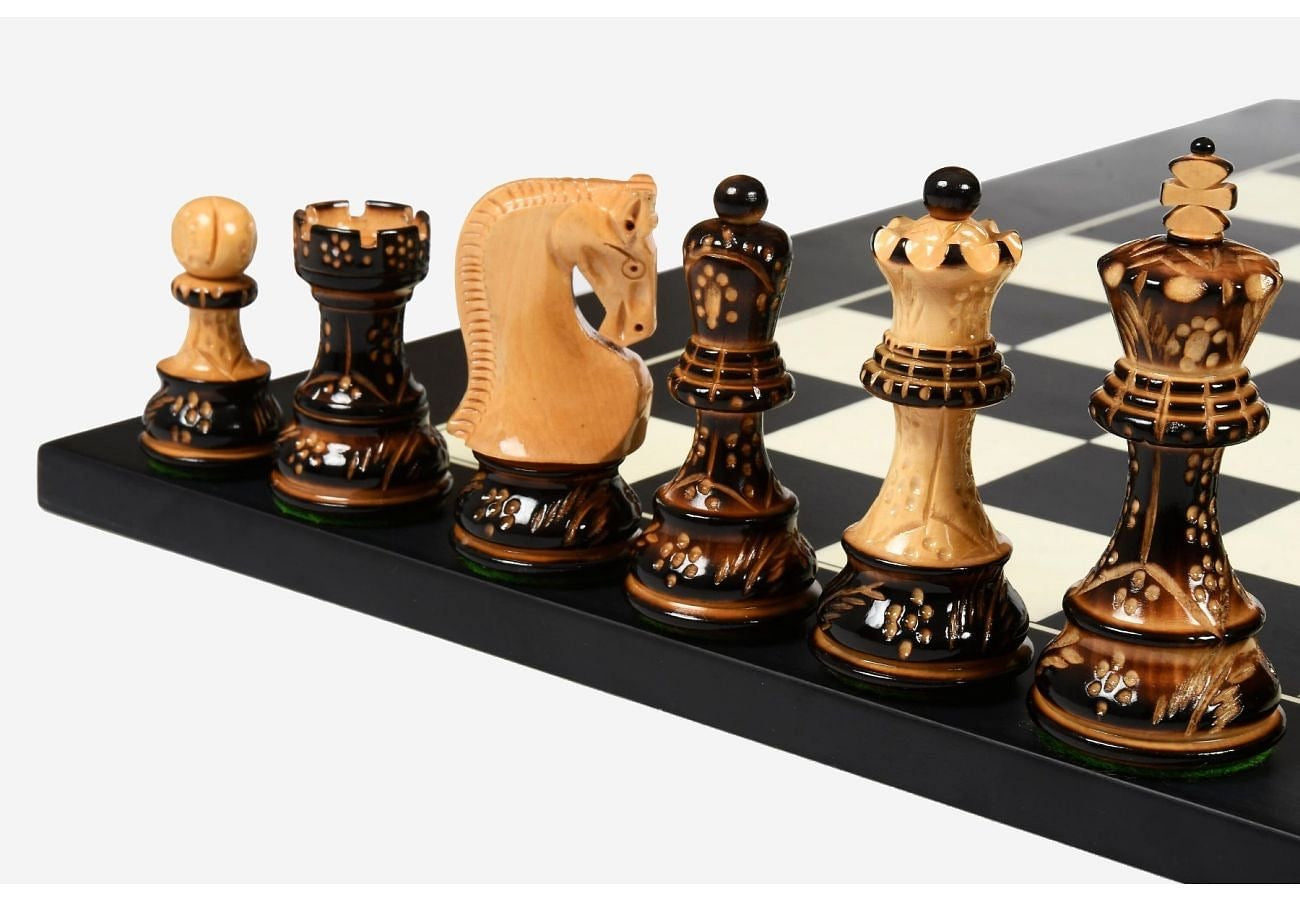
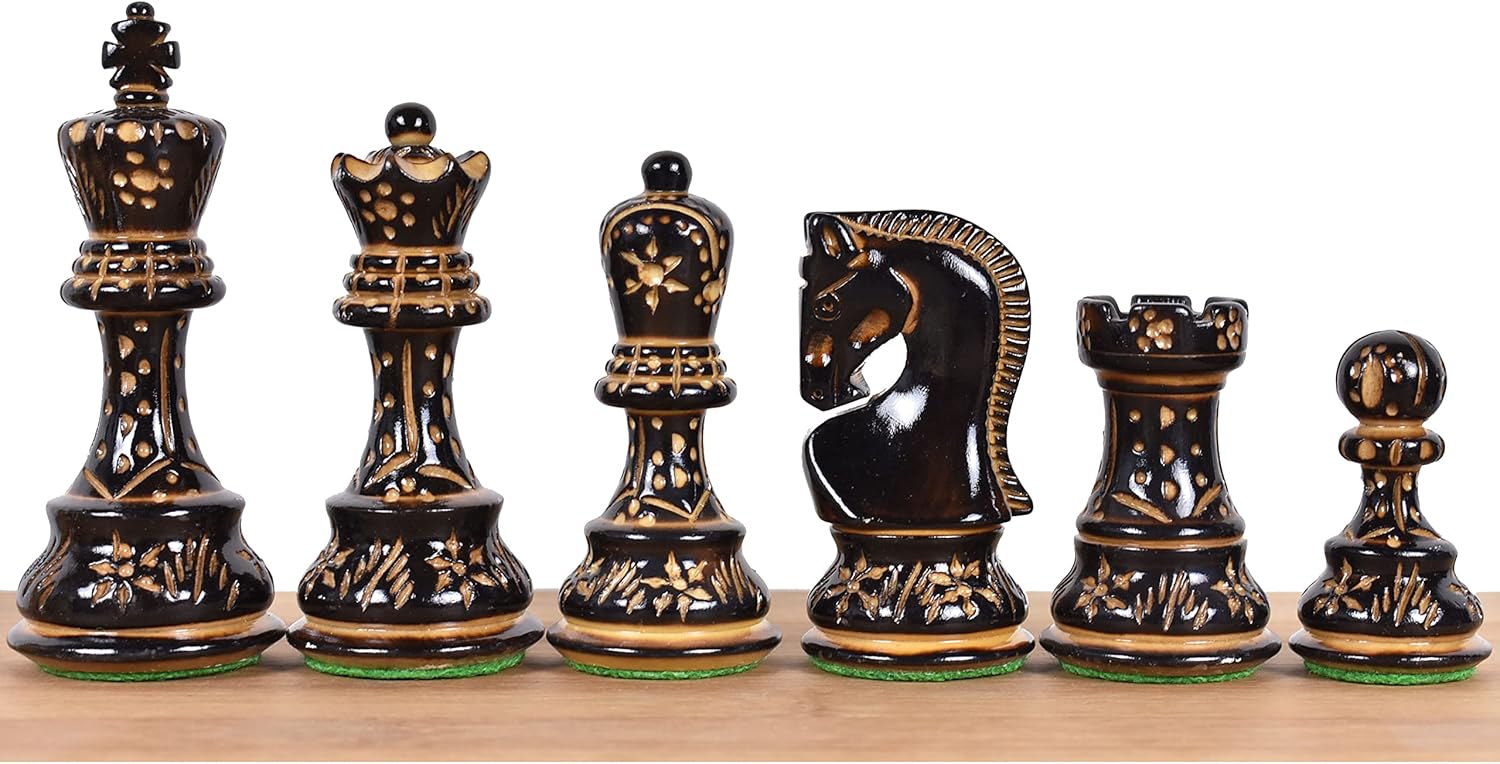
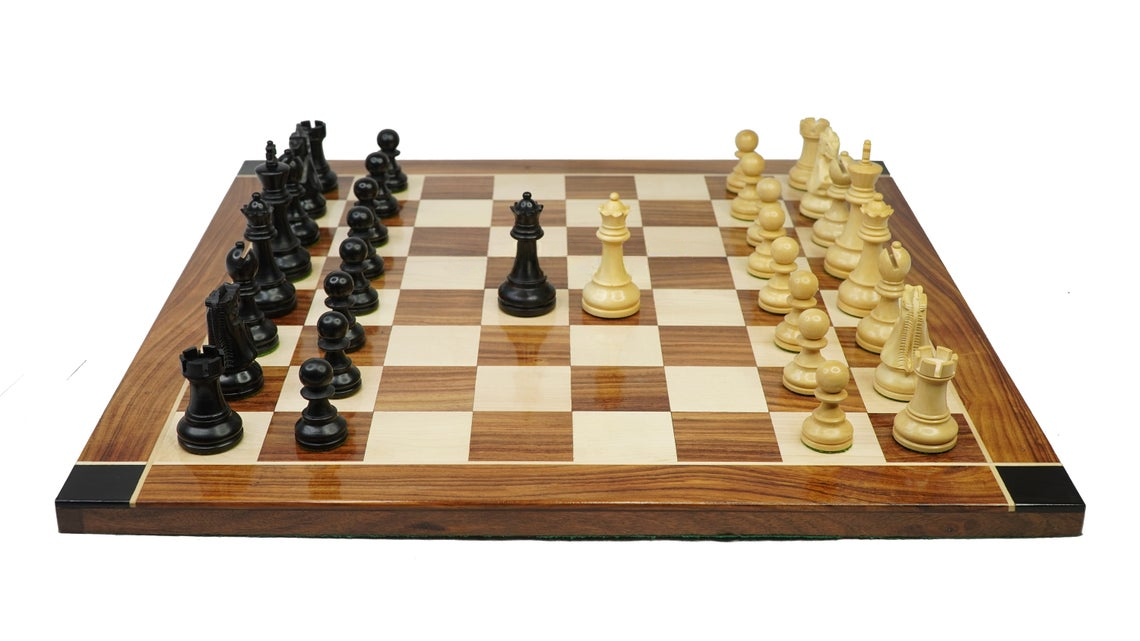

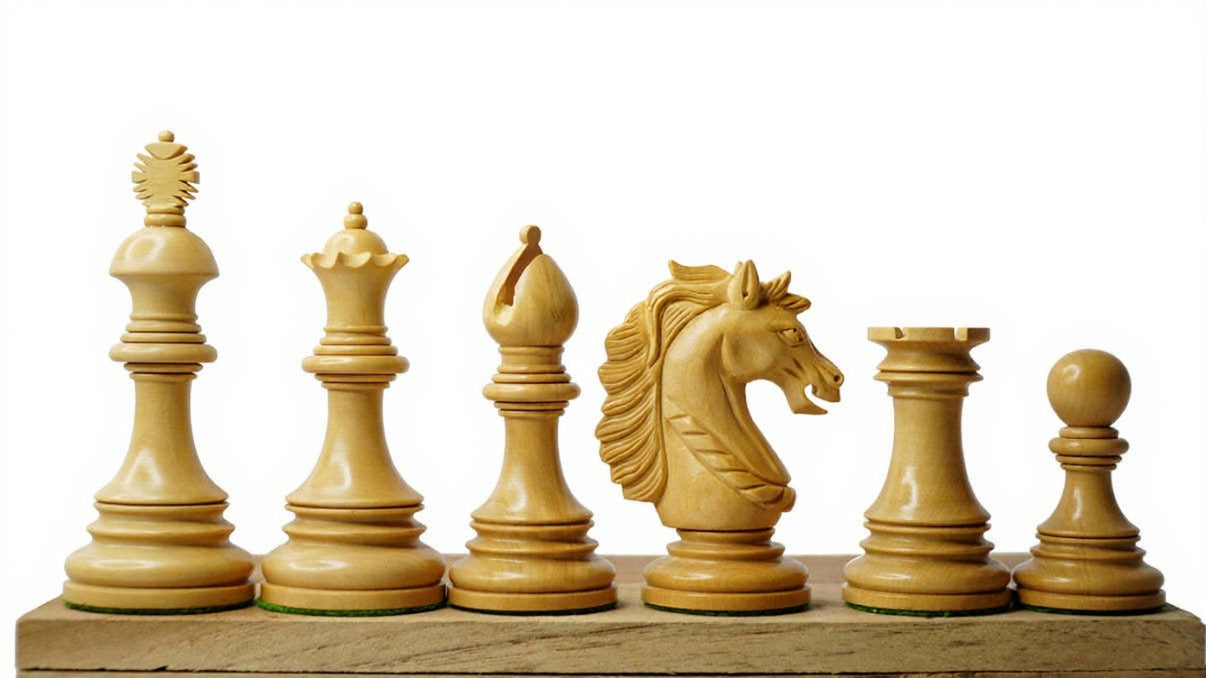




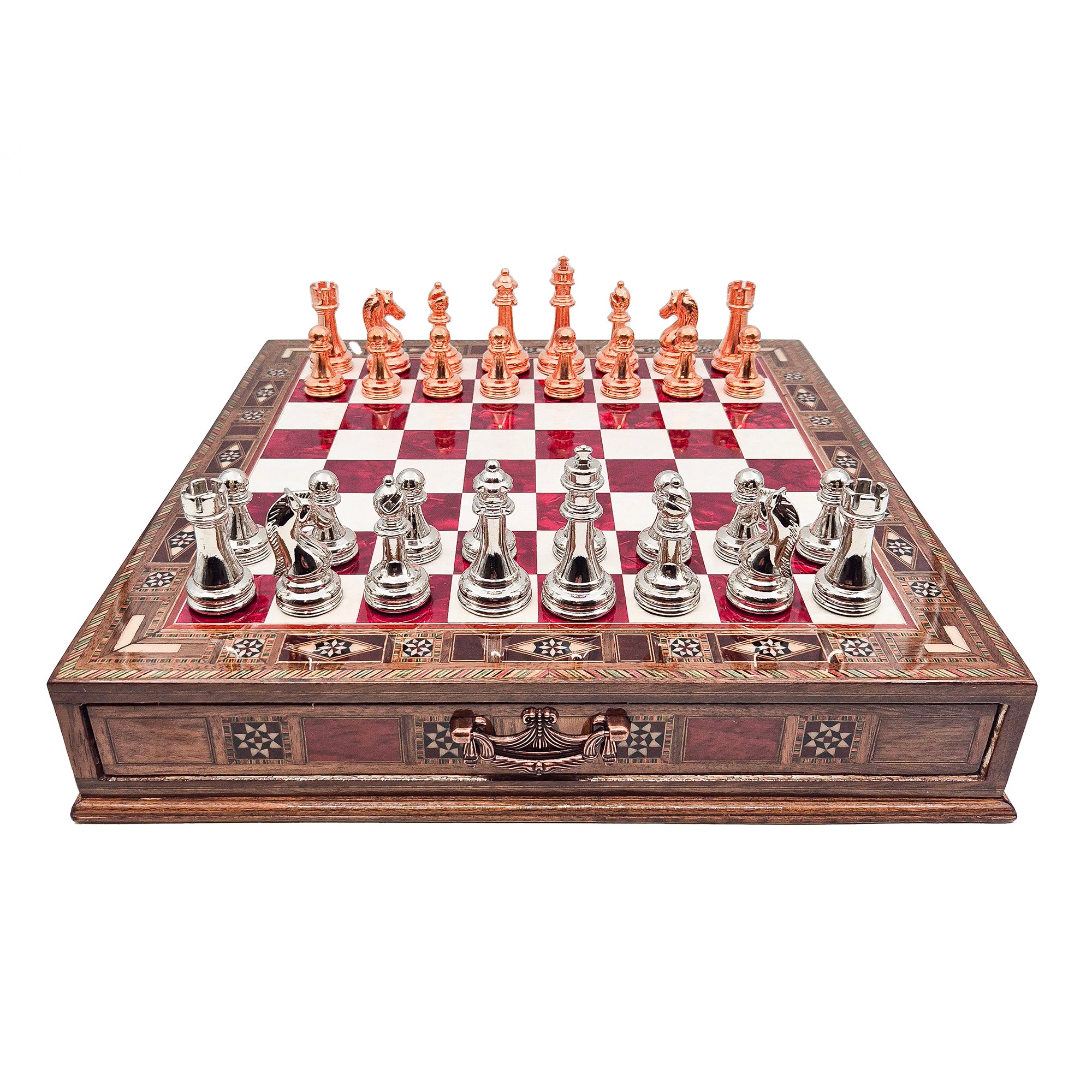
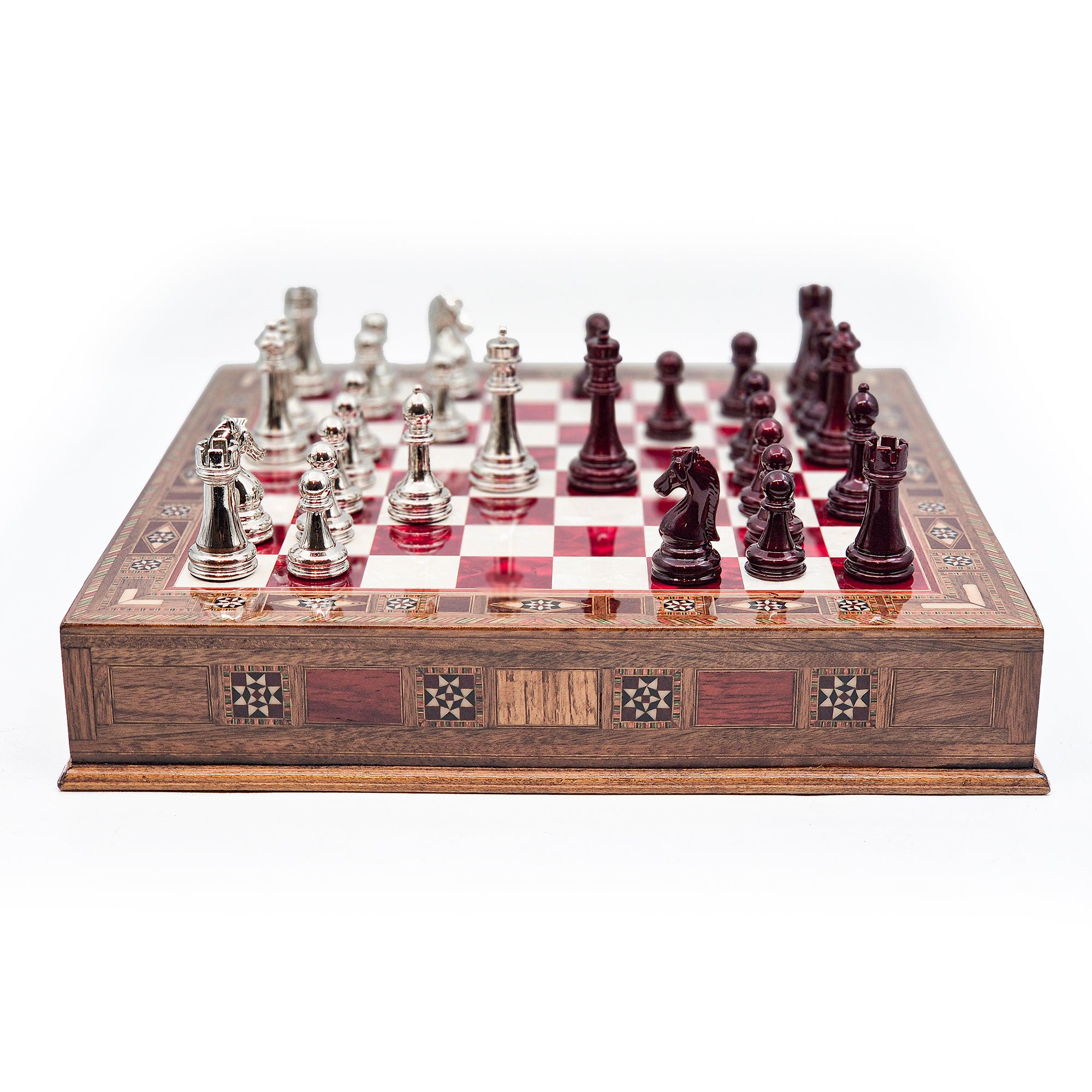
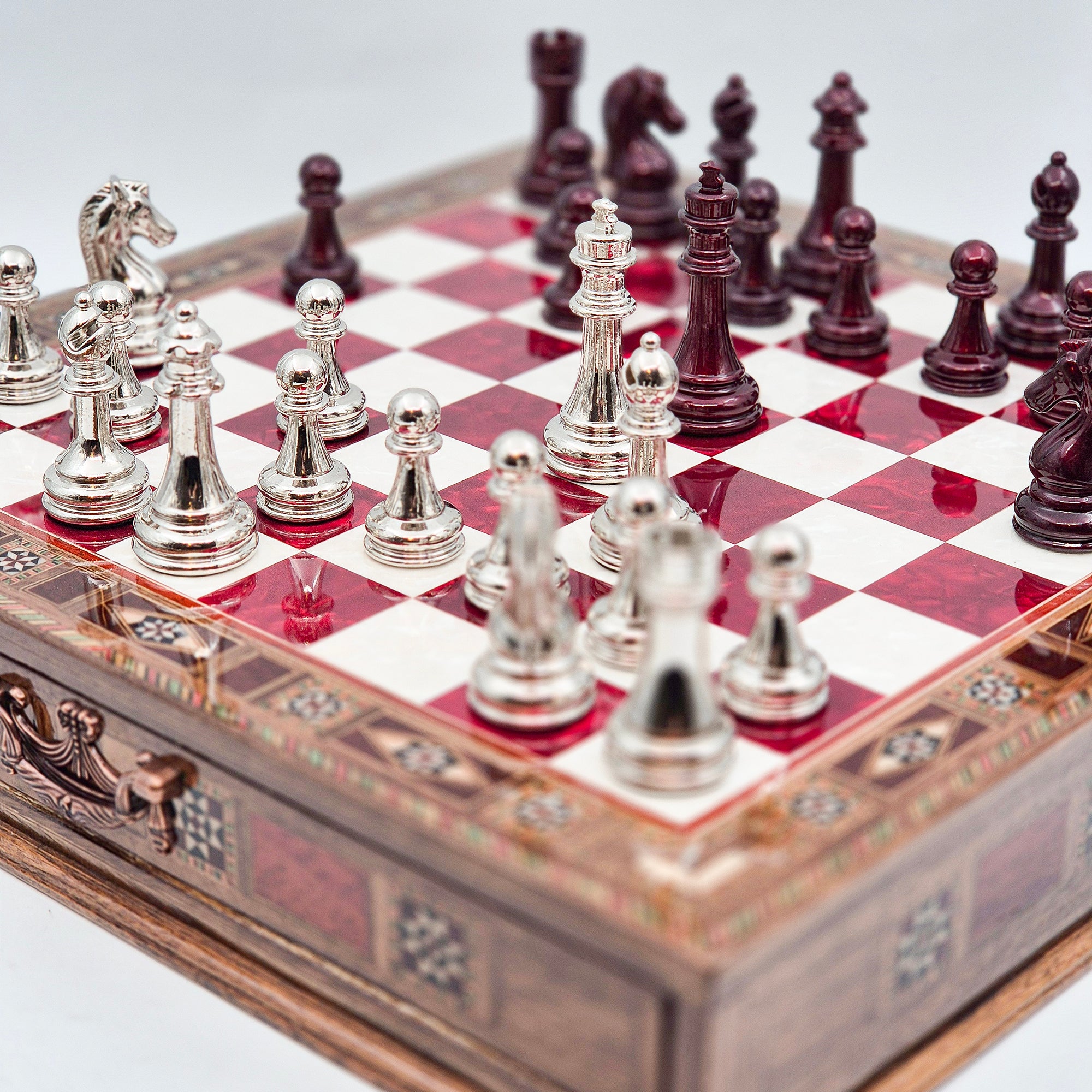
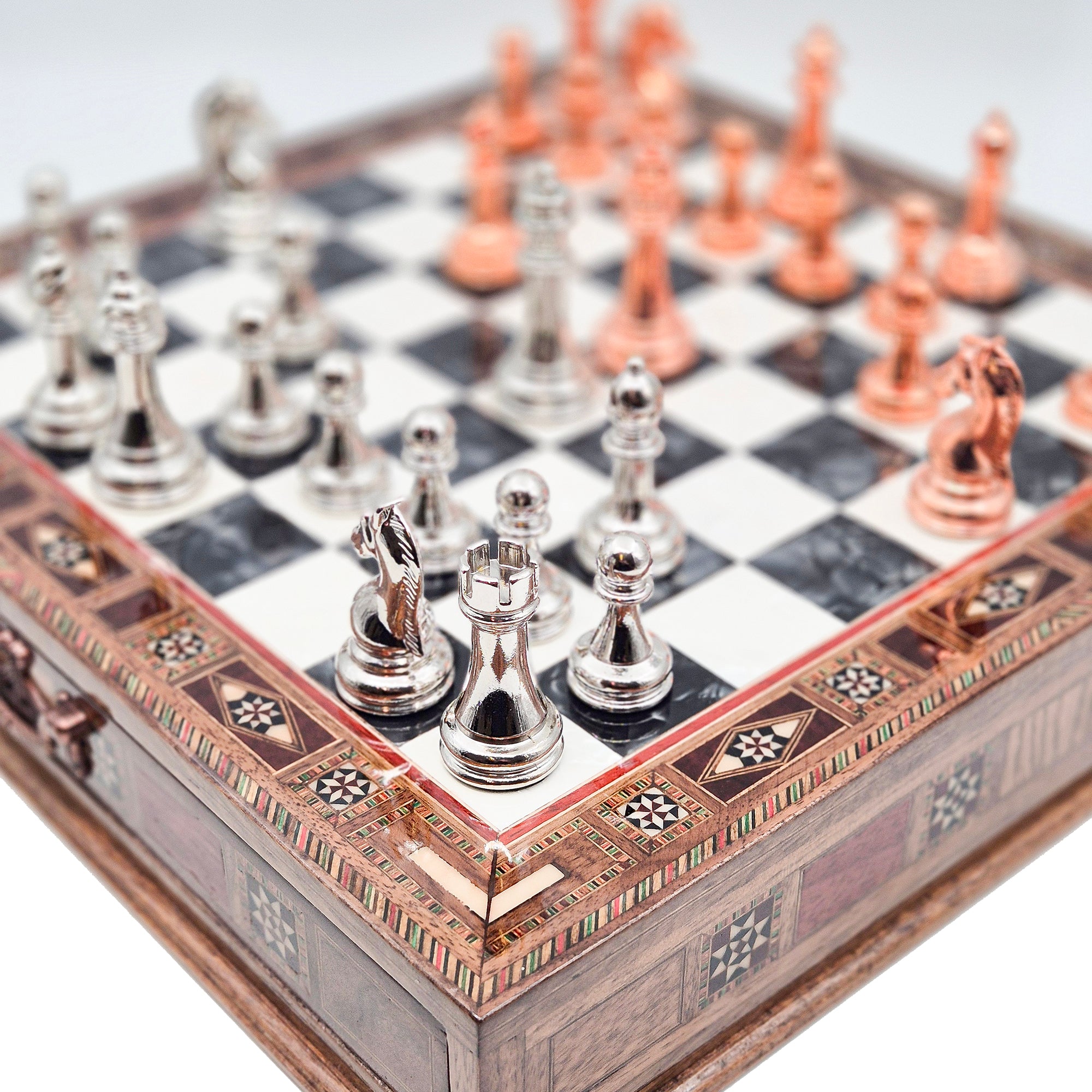
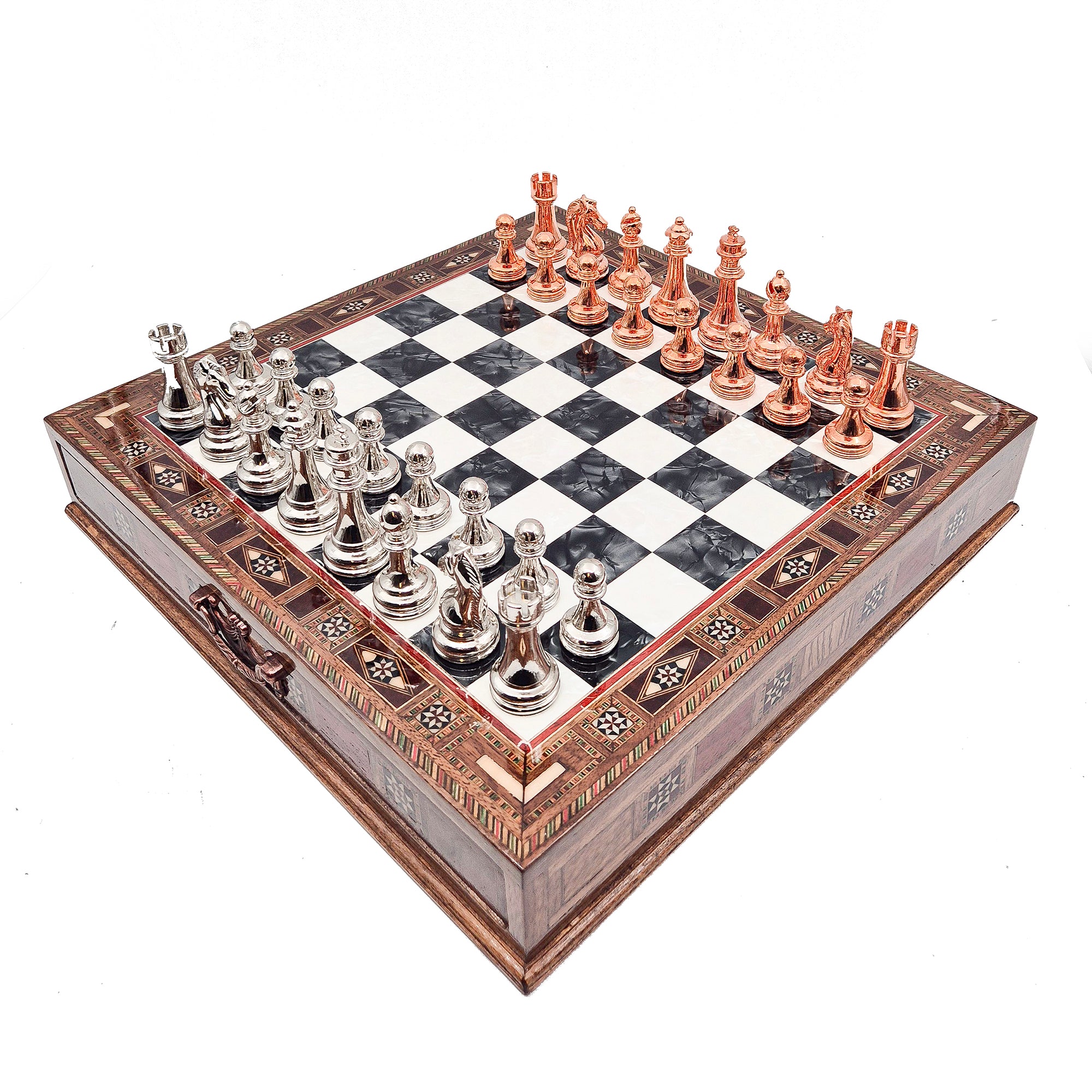


Leave a comment
All comments are moderated before being published.
This site is protected by hCaptcha and the hCaptcha Privacy Policy and Terms of Service apply.